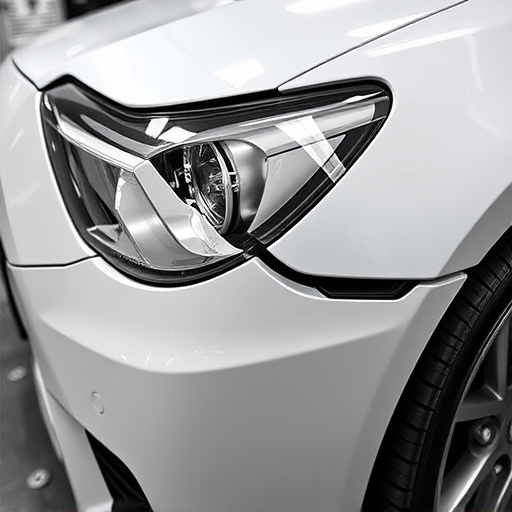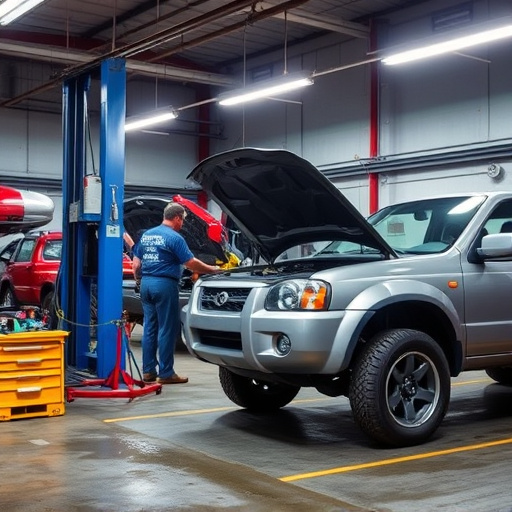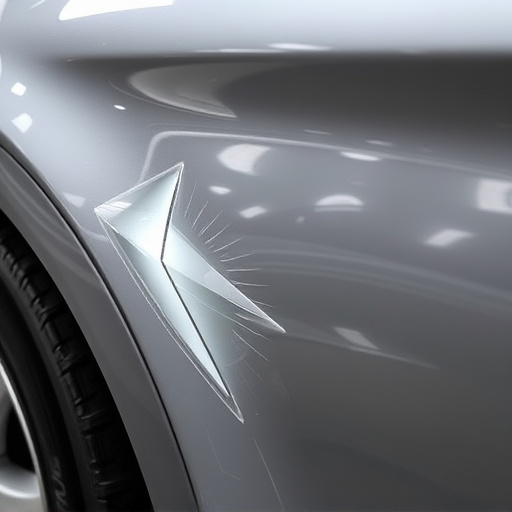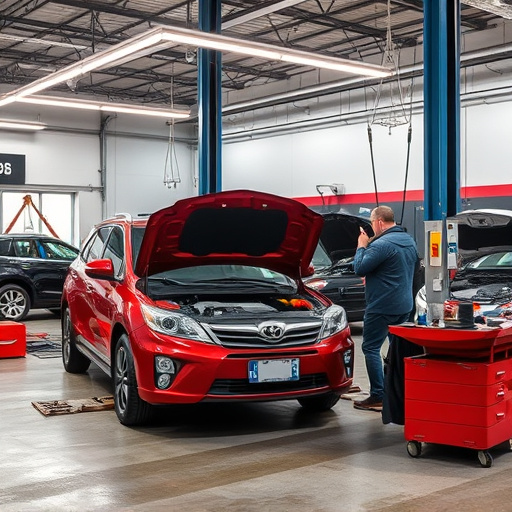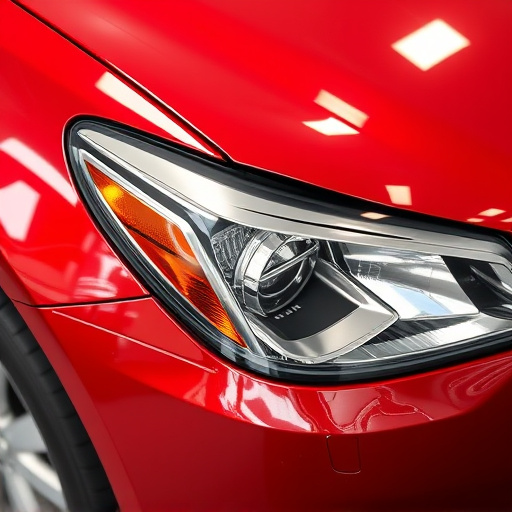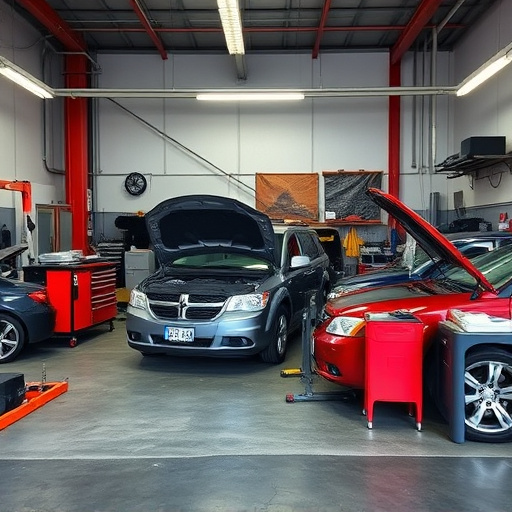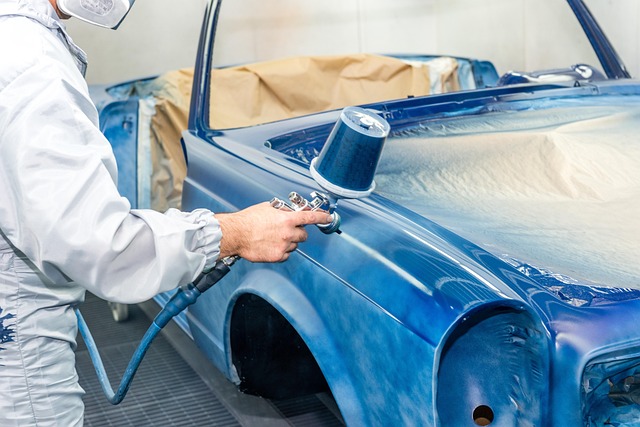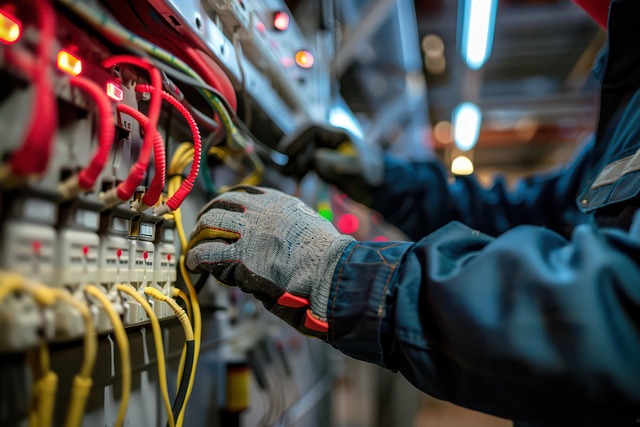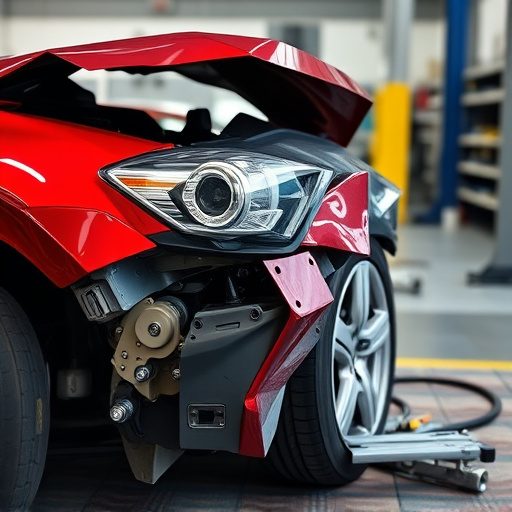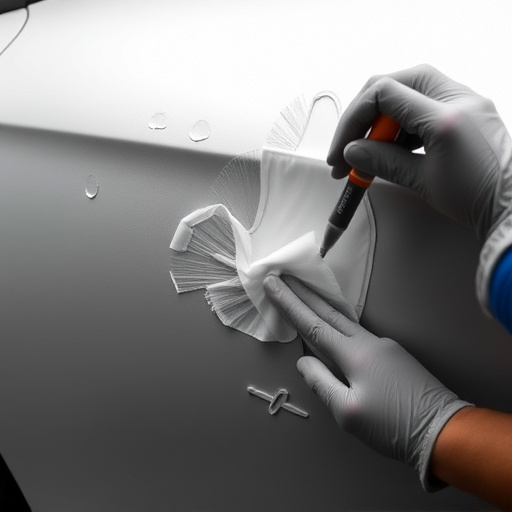Tesla vegan leather, durable and eco-friendly, requires minimal care but needs proper maintenance for repairs. Common issues include fading, cracks, and discolouration, which can be prevented by regular cleaning, conditioning, and protection. Repair involves damage inspection, specialized kit use, adhesive application, patching, curing, sanding, matching compound, and polishing for professional results tailored to Tesla's interior. Focus on preventive care for optimal Tesla vegan leather repair.
“Revitalize your Tesla’s interior with our comprehensive guide to Tesla vegan leather repair. Learn about the unique properties and care requirements of this innovative material, as well as common issues like scuffs, tears, and discoloration. We’ll walk you through a step-by-step process using effective repair techniques specifically designed for Tesla vegan leather repair, ensuring your vehicle’s interior looks as good as new.”
- Understanding Tesla Vegan Leather: Properties and Care
- Common Issues and Signs of Damage in Vegan Leather Interiors
- Step-by-Step Guide to Effective Repair Techniques
Understanding Tesla Vegan Leather: Properties and Care
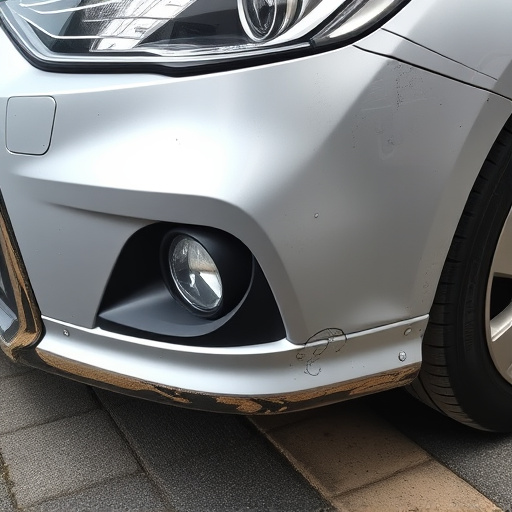
Tesla’s vegan leather is a unique material that offers both durability and an eco-friendly appeal for interior restoration projects. Unlike traditional leather, it doesn’t come from animal sources, making it a popular choice for those who prioritize sustainability. This synthetic alternative has gained traction in the automotive industry due to its ability to mimic the look and feel of genuine leather while being more environmentally conscious.
When it comes to care, Tesla vegan leather requires a slightly different approach compared to conventional materials. Regular cleaning with mild soap and water is recommended to maintain its smooth texture. It’s crucial to avoid harsh chemicals or abrasive cleaners that could damage the surface. Proper maintenance involves periodic conditioning to keep the material supple, ensuring it remains in top condition over time. With the right care, Tesla vegan leather can withstand the rigors of daily use in vehicles, making it an excellent choice for autobody repairs and vehicle restoration projects, where both functionality and aesthetics are paramount.
Common Issues and Signs of Damage in Vegan Leather Interiors
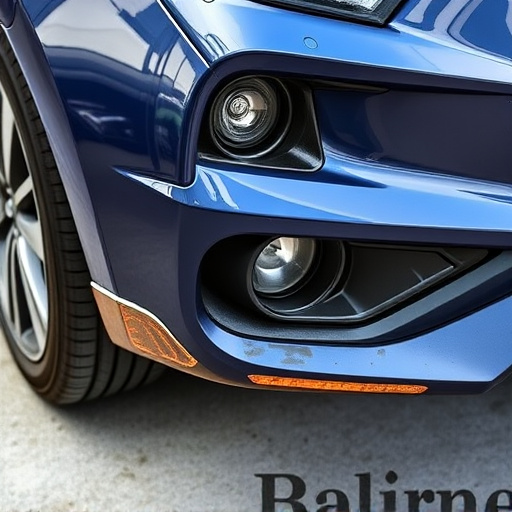
Vegan leather interiors in Tesla vehicles are designed to be durable and low-maintenance but, like any material, they can suffer from wear and tear over time. Common issues include fading, cracks, tears, and discolouration, often caused by exposure to UV rays, heat, or harsh cleaning products. These problems can arise from everyday use, such as frequent contact with food and drink, or from external factors like sun damage while parked outdoors.
Signs of damage may include faded colours, especially in areas exposed to direct sunlight, tiny cracks that can grow over time, and worn-out spots where the leather has lost its texture and suppleness. Prompt attention to these issues is essential for maintaining the appearance and integrity of Tesla’s vegan leather. Regular cleaning and conditioning, along with proper protection from the elements, are key to preventing or mitigating damage, ensuring your Tesla’s interior remains as luxurious and practical as the day it left the factory.
Step-by-Step Guide to Effective Repair Techniques
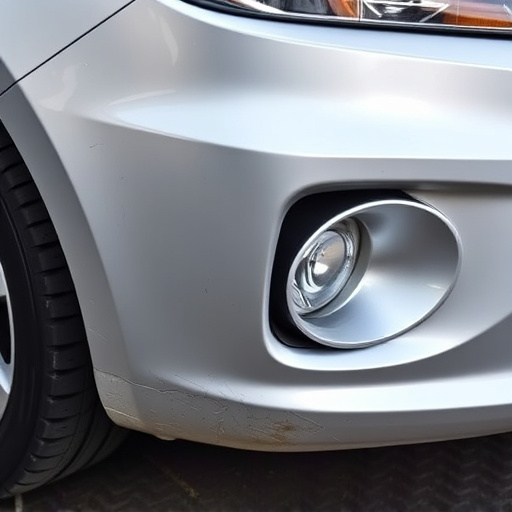
When it comes to Tesla vegan leather repair for interior restoration projects, a systematic approach is key. Start by thoroughly inspecting the damaged area to identify the extent of the scratch or tear. Next, gather your tools and materials, including a compatible vegan leather repair kit designed specifically for Tesla interiors. These kits typically include color-matched adhesive, patching material, and a finishing compound.
Proceed with caution when preparing the surface. Gently clean and dry the affected region to ensure optimal adhesion. Lightly sand the area if necessary, removing any debris or loose threads. Apply a thin layer of the adhesive following the manufacturer’s instructions, then carefully place and press the patch into position. Allow it to cure fully before sanding down and applying the finishing compound to match the surrounding leather. Finally, polish the restored area until it achieves a seamless blend with the rest of the vehicle interior, utilizing techniques common in car scratch repair and auto collision centers for professional results.
Tesla vegan leather repair is both feasible and accessible, offering a sustainable solution for restoring your vehicle’s interior. By understanding the unique properties of vegan leather and implementing effective repair techniques, you can effectively address common issues such as scratches, tears, and discoloration. With this guide, you’re equipped with the knowledge to tackle these projects yourself, ensuring your Tesla’s interior looks as good as new while promoting eco-friendly practices.
